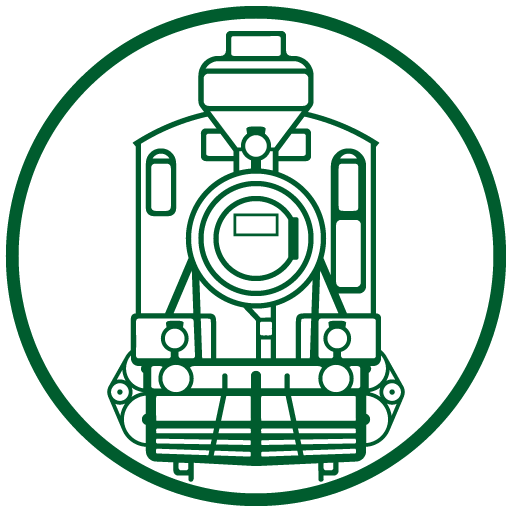These heavy passenger tanks were originally ordered from Henschel by the Estonian State Railways as their nos. 80–83; however, the German company was not able to deliver them since Estonia had in the meantime fallen under the control of the Soviet Union. Instead, these engines were used between December 1941 and May 1942 in German occupied Latvia, mainly on the Liepāja–Jelgava–Krustpils line. The Finnish committee responsible for acquiring war booty locomotives visited Liepāja in 1942 to inspect available engines and were offered these big 4–6–4Ts. Their use in Latvia was drawing to an end because the Germans were converting the railways there from the Russian gauge of 1524mm to the standard gauge of 1435mm as their forces progressed northwards towards Tallinn. Two of the locomotives were dismantled at Liepāja workshops ready for transportation while the other pair was to continue in service for a few more weeks. A decision was made to purchase them in this condition. They were classified Pr2 and numbered 1800–1803. The dismantled engines, nos. 1800 and 1802, were shipped from Estonia to Finland in September 1942 while nos. 1801 and 1803 arrived in running order in October 1942. The locomotives were used at the Henschel Works whilst receiving repairs and maintenance before despatch to Finland.
The Pr2 4–6–4Ts had bar frames, Walschaerts valve gear and Trofimoff pressure equalising piston valves. Two steam domes and a sand dome were mounted on the boiler. The braking equipment comprised a standard automatic train brake and straight air brake. They were equipped with electric lighting, Friedmann exhaust steam injectors and Wagner-type smoke deflectors affixed to the side tanks. The chimney was extremely short in comparison with that used on other Finnish locomotives. They were originally constructed as oil burners but were converted to coal firing before being shipped to Finland. In typical German fashion the wheels and motion were painted red. The cab was spacious.
As oil prices were low, the Pr2s were rebuilt for oil firing between 1947 and 1950 (the date of 1954 is often given but that is the year no. 1802 was reconstructed after lying derelict following its 1949 boiler explosion), a measure which considerably extended their range of activity. Between 1950 and 1951 the cabs were rebuilt and the turret was removed from outside to inside the cab. During the rebuilding, the lower reservoir lubrication for the driving wheel bearings was removed and the Klinger-type water gauges were replaced with standard VR fittings.
The Pr2s shared duties on the Helsinki suburban traffic during their first years of VR ownership. Nos. 1800–1801 worked out of Kouvola between 1955 and 1956, and from Tampere between 1956 and 1961. Oil firing was found to be an advantage on the Helsinki–Kouvola and Helsinki–Tampere expresses. Later their operational sphere was extended from Kouvola to Luumäki and from Tampere to Seinäjoki. The Pr2s were prone to rocking when running; moreover, after some years they started to vibrate disturbingly at certain speeds. This disturbance was caused by the massive boiler in front of a weighty bunker in the rear. The vibrations affected tubes, joints, etc., creating considerable stress upon the whole structure. The comparable German class 62s suffered from similar problems and obviously no cure was found in the years between the construction of the DRG 4–6–4Ts and the Pr2s.
In 1949, the boiler of no. 1802 exploded between Pasila and Käpylä when the firebox collapsed as a result of low water level leaving the crown plate uncovered: the real cause has never been ascertained. After this accident, the class was temporarily banned from express and long-distance running due to the weak cab structure, a ban which was only lifted after the cabs were rebuilt.
Following the withdrawal of the class from regular service in 1961, the Pr2s first stood outside Tampere loco shed but were later stored in the yards of Hyvinkää workshops; they were finally condemned in 1964. Some Pr2s were moved under their own steam to work as stationary boilers. Apart from their tendency to vibrate badly, the Pr2s had the disadvantage of being a non-standard class, with no parts interchangeable with other locomotive types. The Pr2 tank engines were the equal of the Hr1 class Pacifics in terms of speed and tractive effort; indeed, they could outpace them slightly when accelerating.











